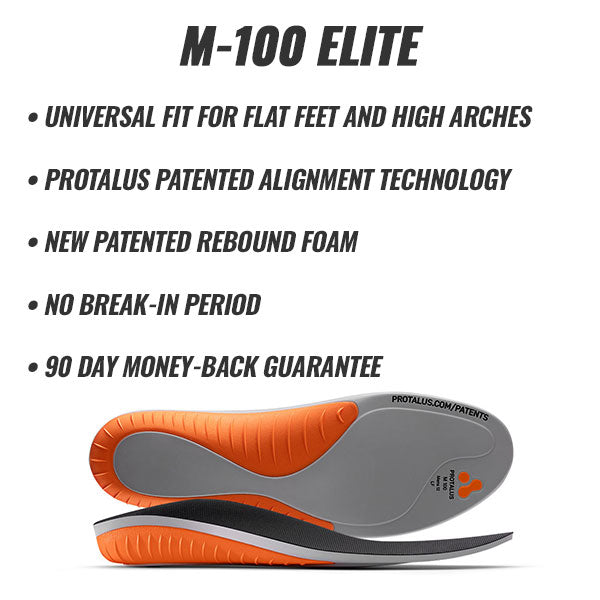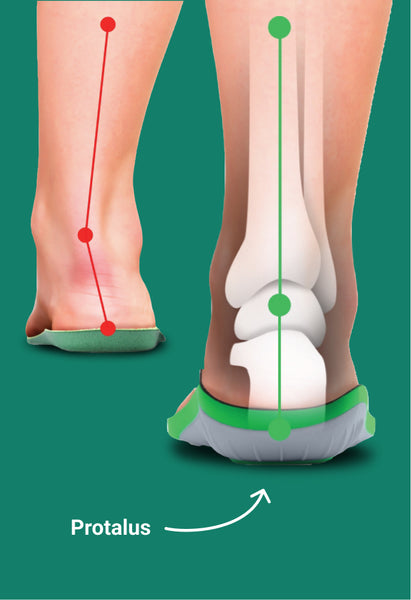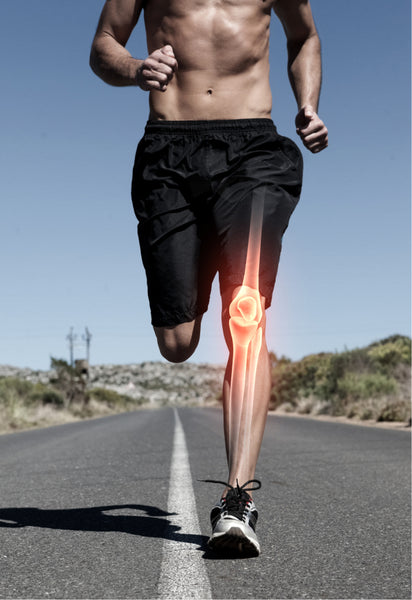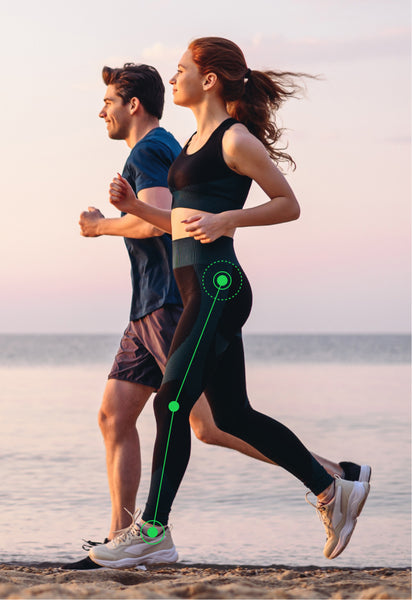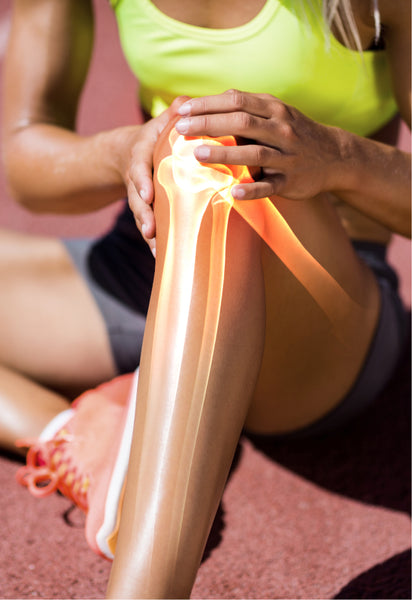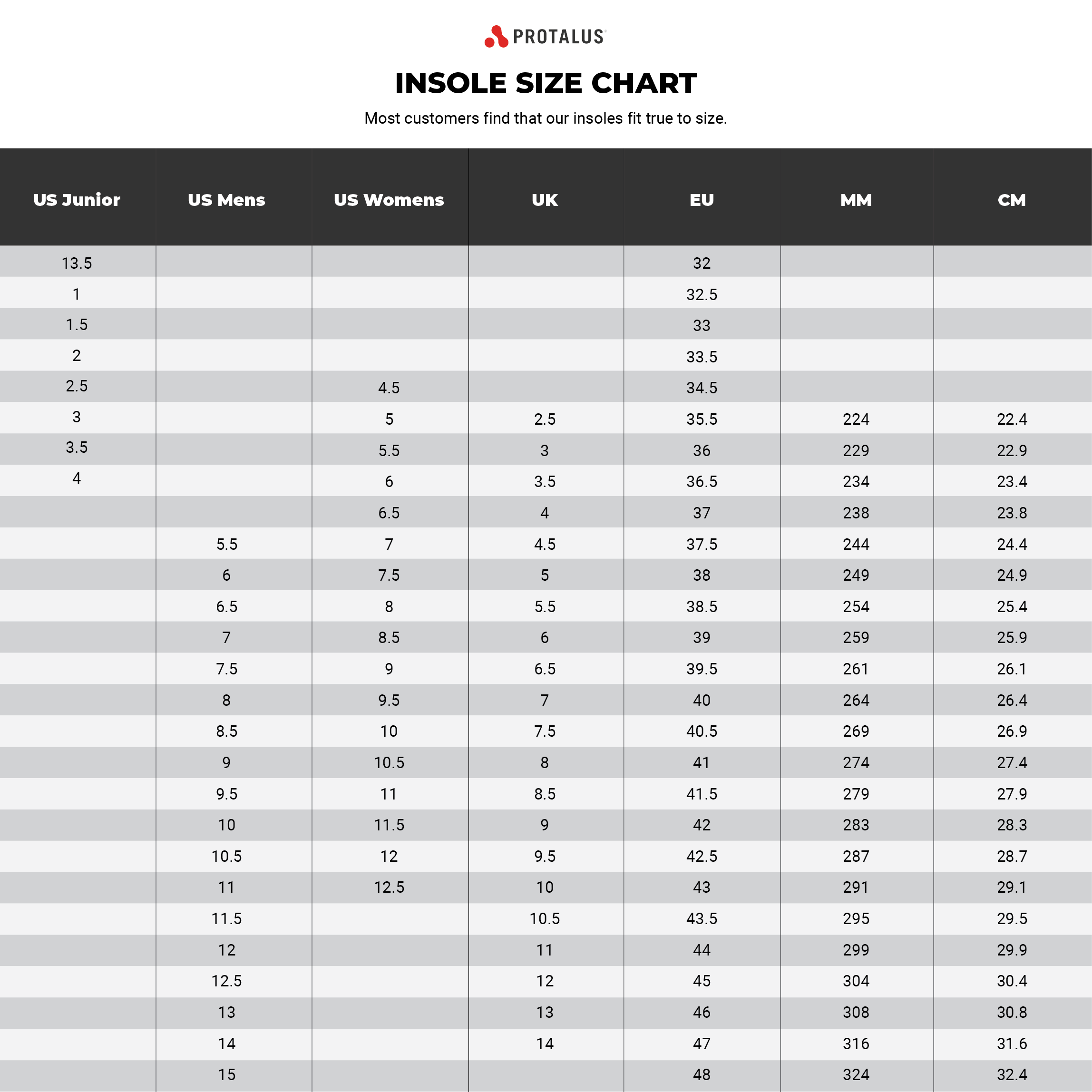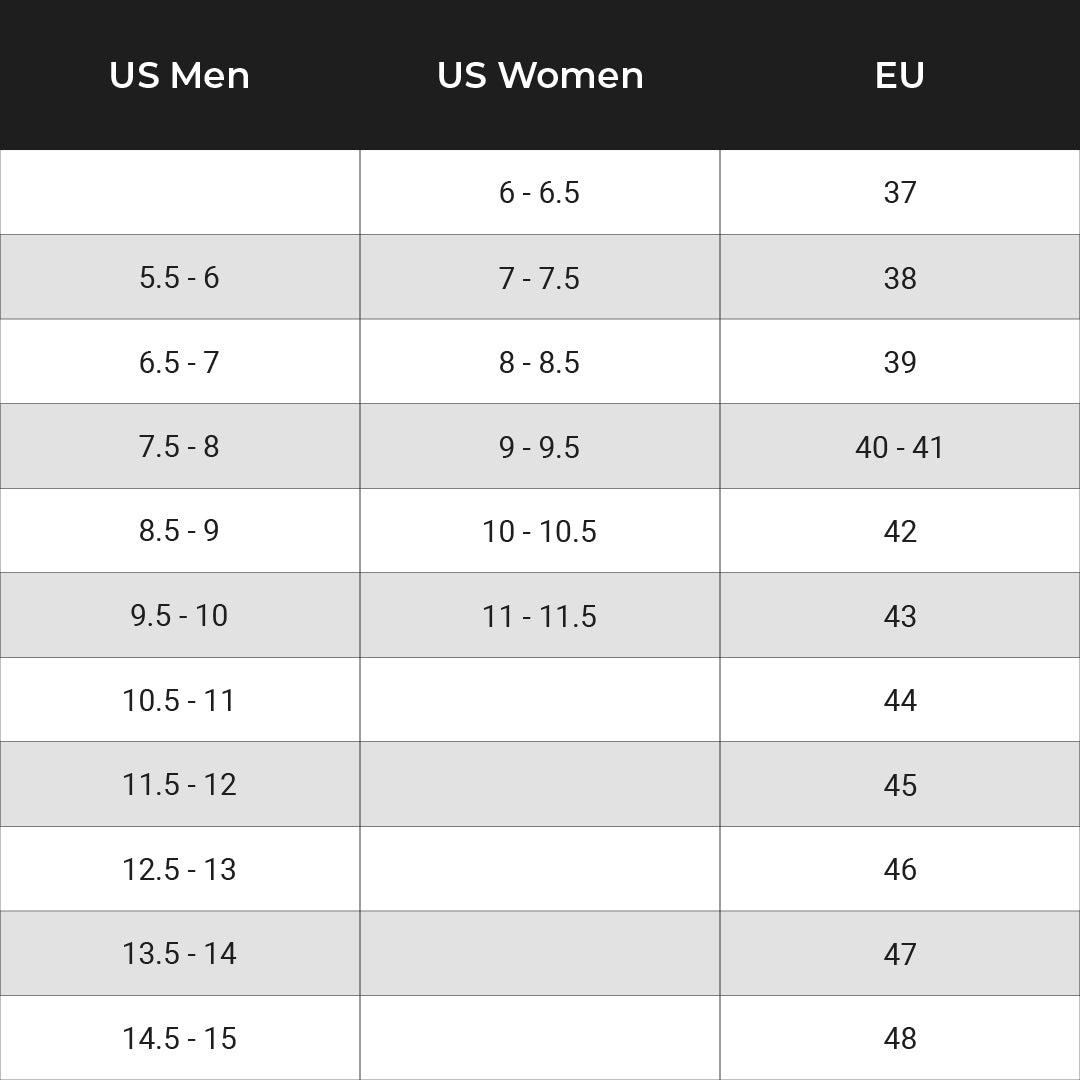Nursing Clogs
Nurses are often associated with utilitarian shoes that put function before fashion. Years ago nurses would be seen in heavy shoes with large soft soles and a short tie on the top. Nowadays nurses are often seen in clogs that are either made of EVA (such as Crocs) or in clogs with hard polyurethane soles (such as Dansko brand). These shoes are sought out because they are easy to clean and can slip on and off quickly, making them desirable for workplaces where, at times, people (and their shoes) are exposed to bodily fluids and shoes need to be disinfected or changed quickly. Additionally, medical staff need support for activities such as transferring patients and leaning over patients who may be lying down. Many models of these clogs also claim to provide stability and support for people who work long hours on hard floors so let’s take a deeper look at these types of shoes.

A January, 2021 article published in the International Journal of Industrial Ergonomics stated that, " Most workers undertaking periods of prolonged standing suffer from work related musculoskeletal disorders." When we think about stability, support, and preventing musculoskeletal injuries, the main goal is to keep the ankle in a neutral position. This allows the other structures of the foot to properly bear weight and pressure, as well as brings support to the lower kinetic chain so that the knees and hips are able to operate the way they were meant to. If a person has an ankle that naturally overpronates or supinates (sits to the left or the right of where it should), which can sometimes be subtle enough that you can’t see it just by looking it, it may need to be corrected for the person to stay comfortable throughout a long shift. A shoe like a clog has a lot of space where the foot and ankle can move around, potentially going into an unsafe range of motion. Additionally, foam shoes made out of a material such as EVA, are going to be prone to compression from the heat and pressure of walking and so won’t provide any long term stability and relief.

While these shoes are popular they do not seem to have solved the problem of sore feet for nurses and other medical staff. Wearing a shoe as well as a shoe insole that can keep your ankle in a neutral position might seem a bit more cumbersome but will be able to provide the correction and alignment needed to keep your body in an optimal posture for a long day of work. As far as function over style goes, it's time to rethink the nurse's clog. While they may seem easy, popular, and come in fun colors, they just don’t provide much in the way of alignment technology. For a long day of work, try a Protalus insole in a regular pair of casual shoes and see what a difference proper alignment can make.
Recommended Posts
Saying Goodbye to Leg and Foot Pain: The Power of Insoles
by Anna Heston • June 17, 2021Kick leg and foot pain to the curb with the proper shoe insoles! Discover relief now!
How Plantar Fasciitis Sufferers Find Comfort with Insoles
by Anna Heston • June 17, 2021Say goodbye to leg & foot pain! Insoles like Protalus T-100 offer relief, support & comfort.
Flat Feet: What It Really Means for Your Feet and Body
by Anna Heston • June 17, 2021Flat feet? Discover the challenges and relief with Protalus insoles! Say goodbye to pain, improve stability, and boost performance. Read more!







